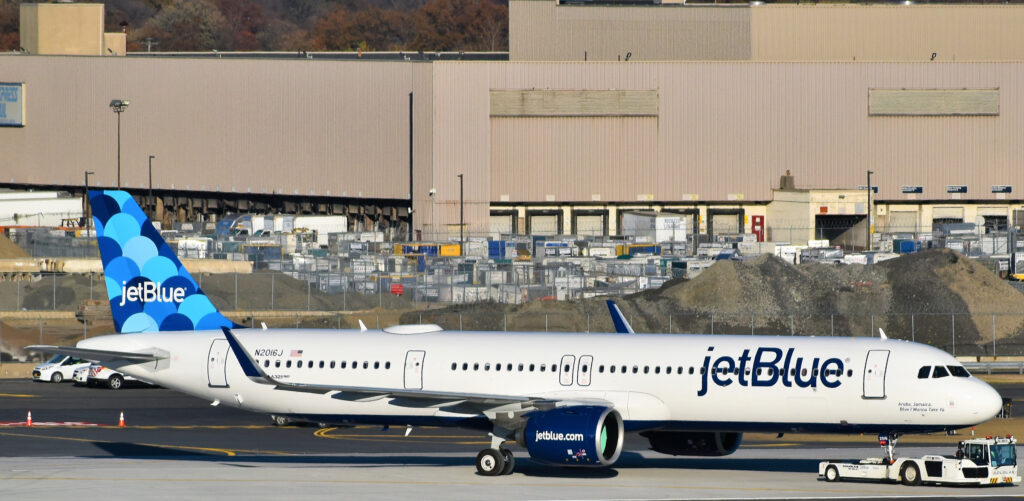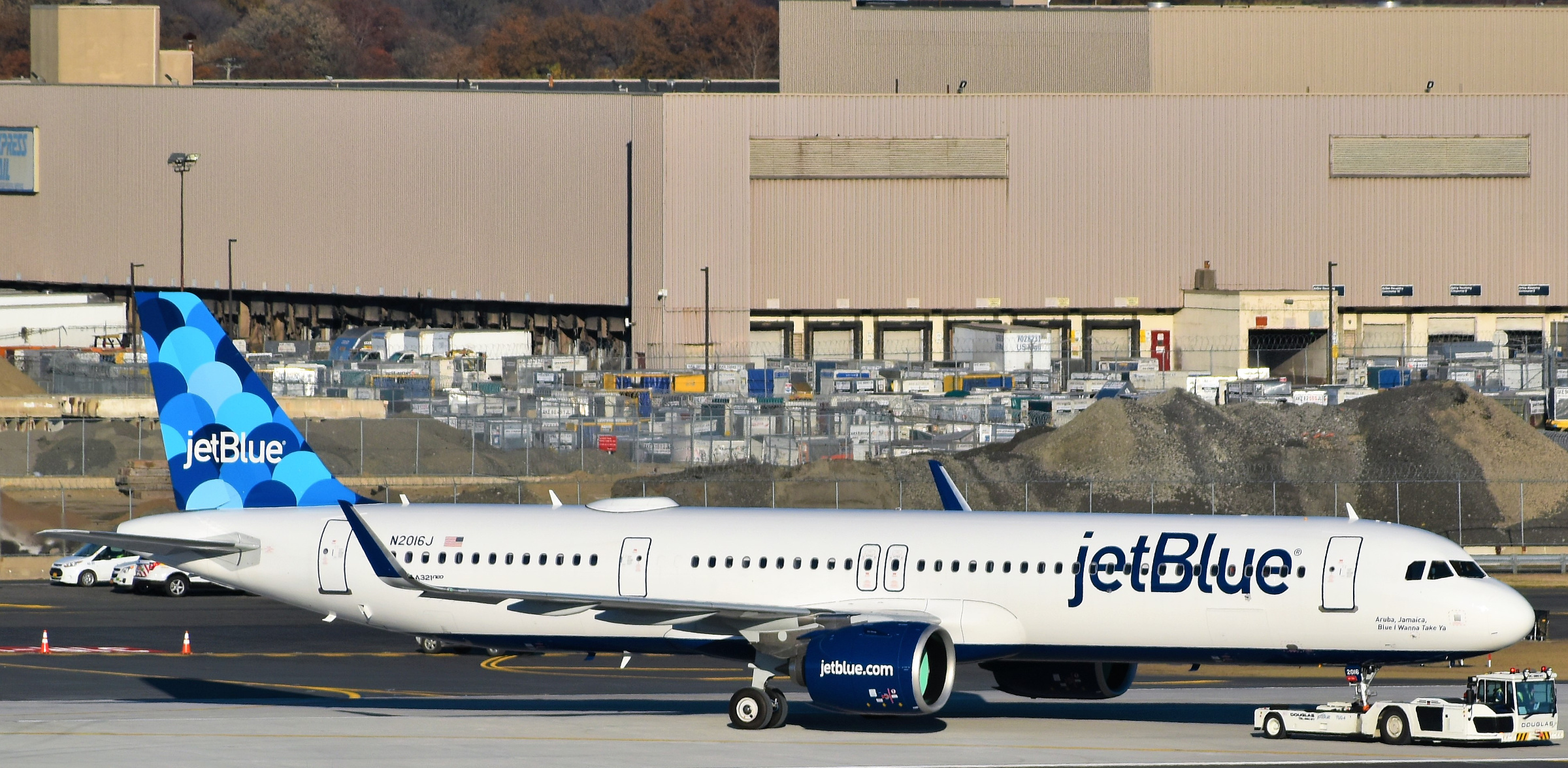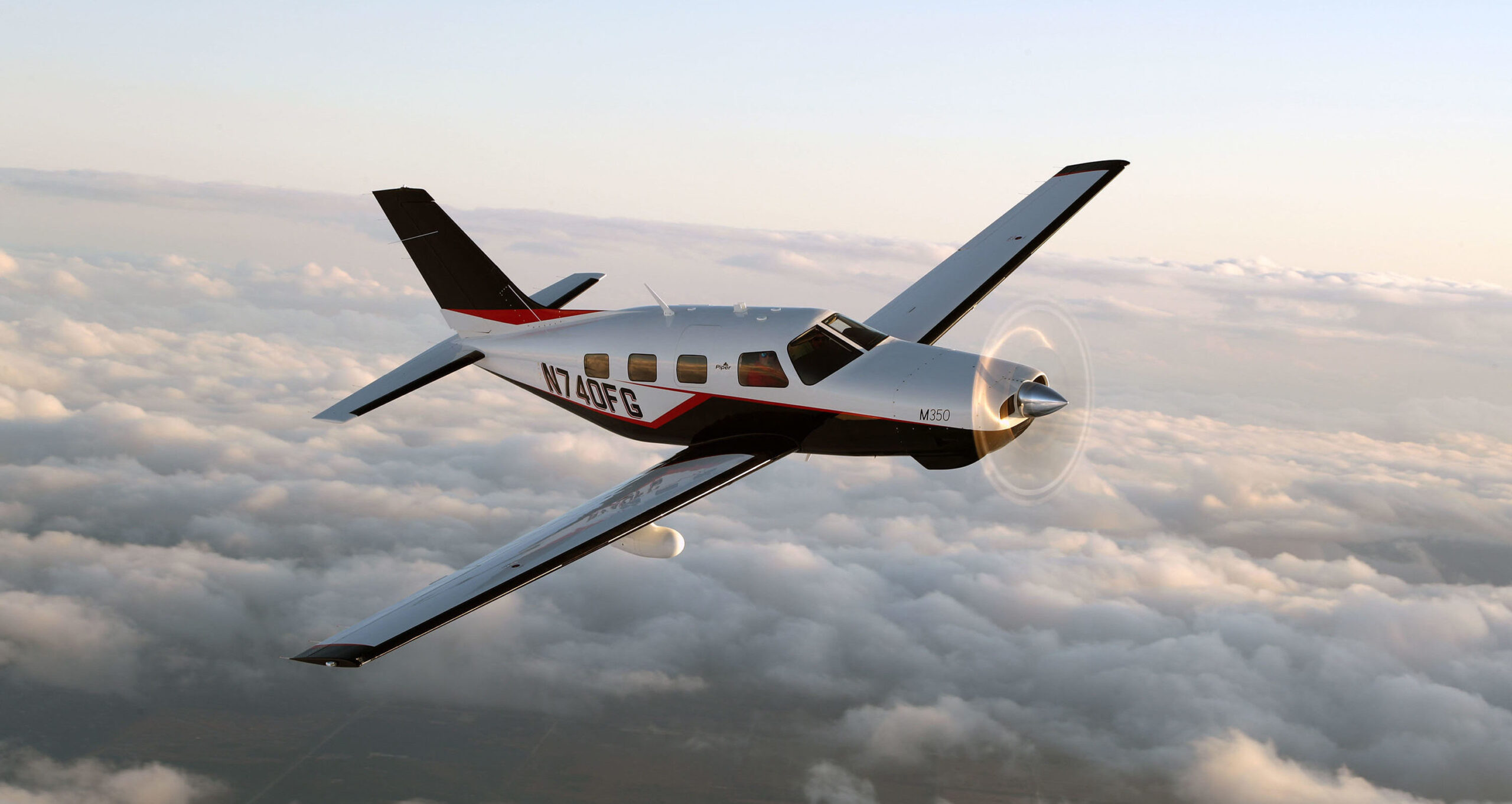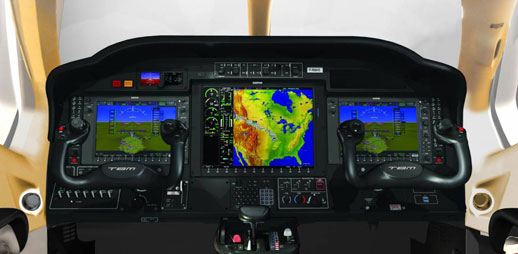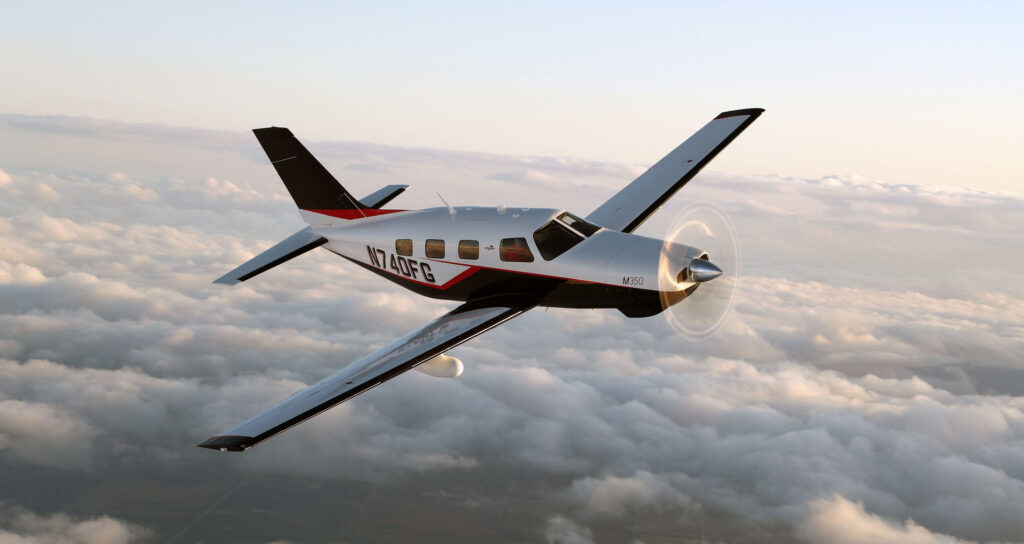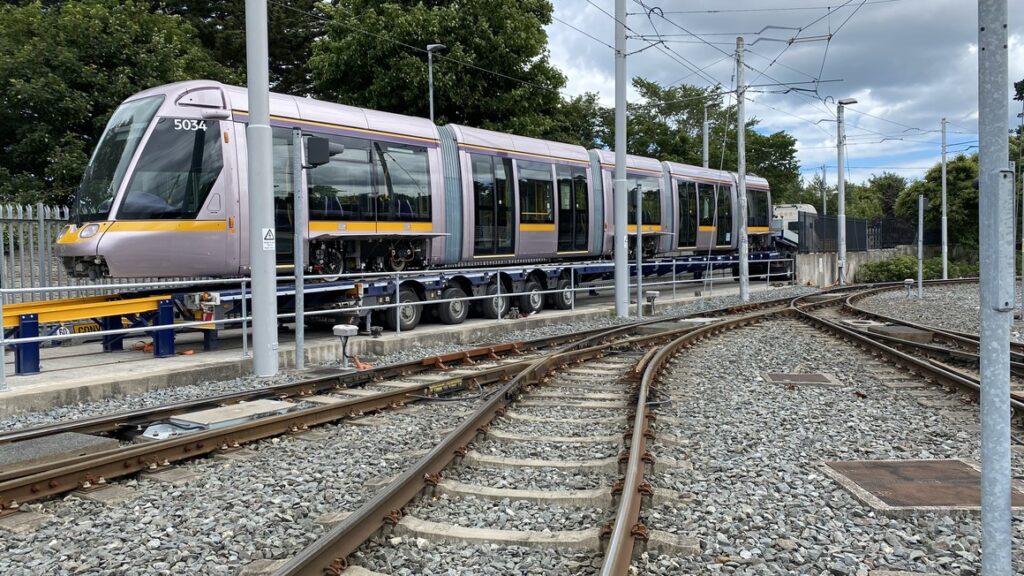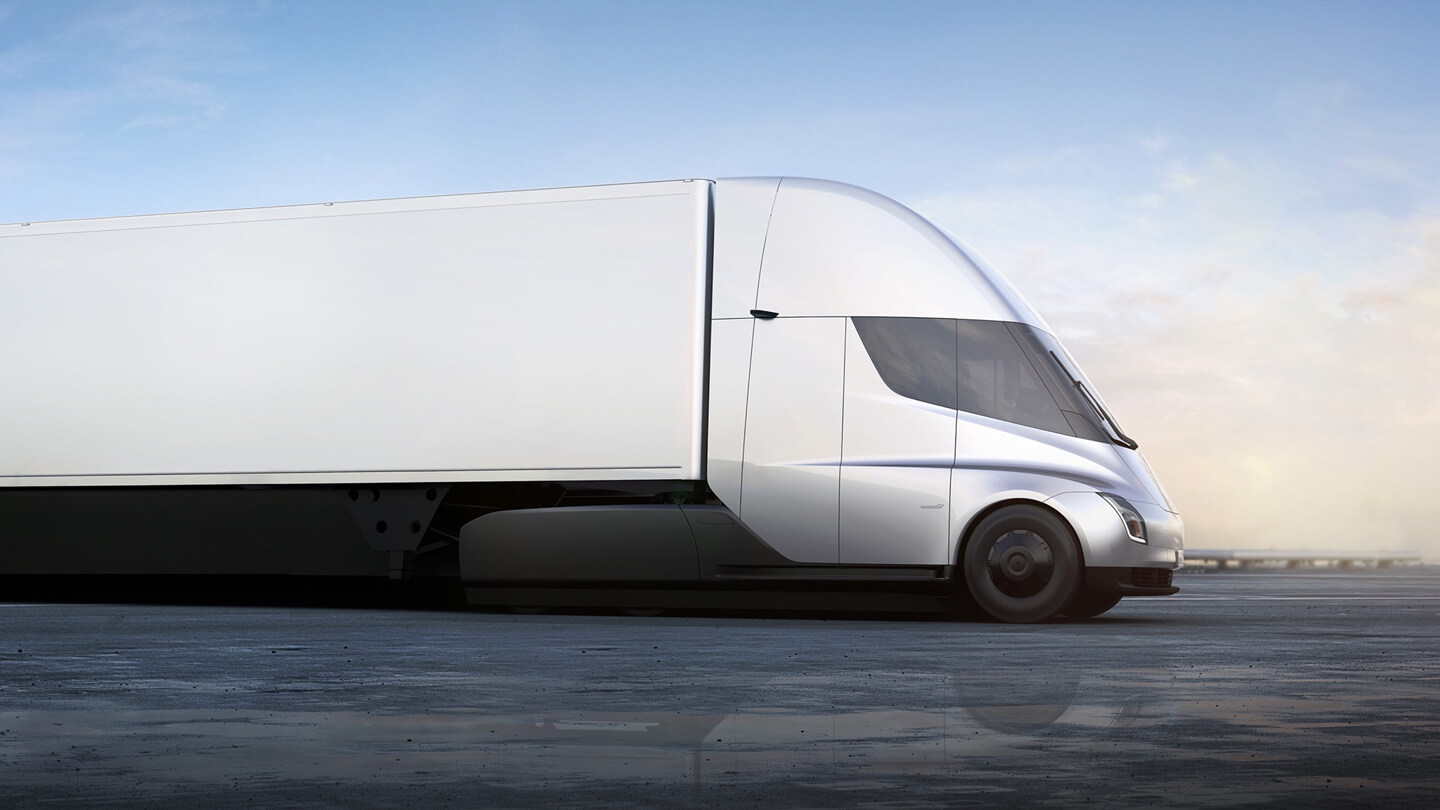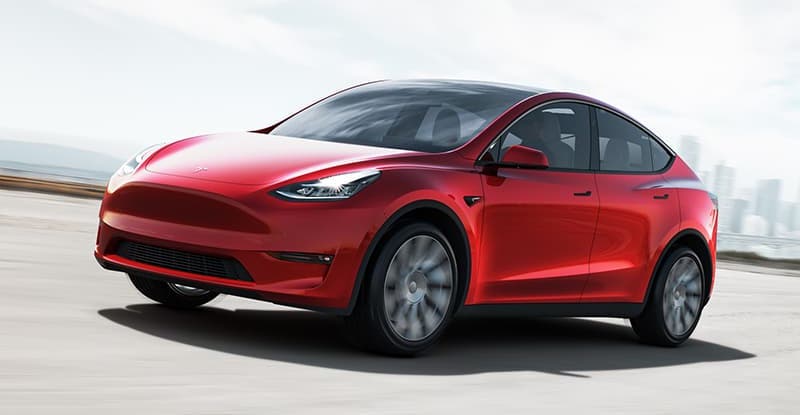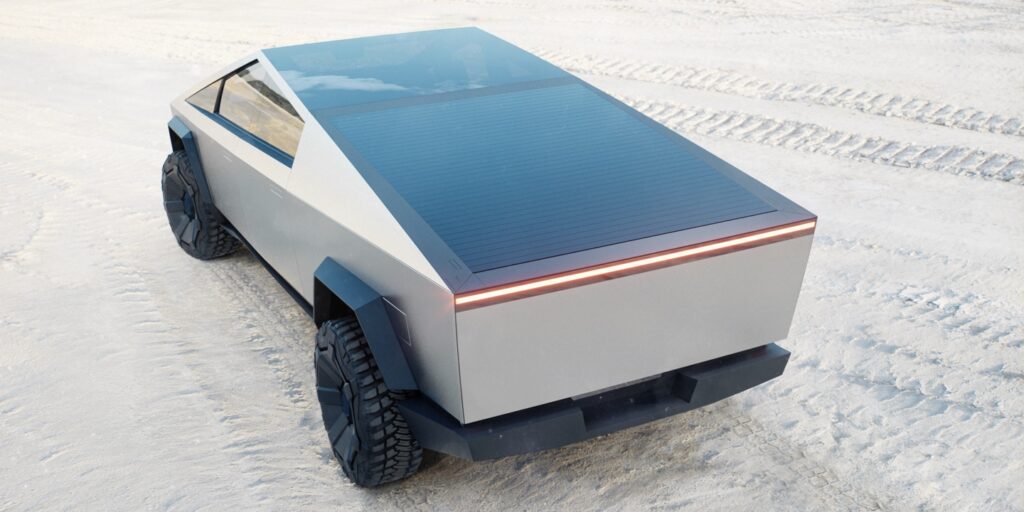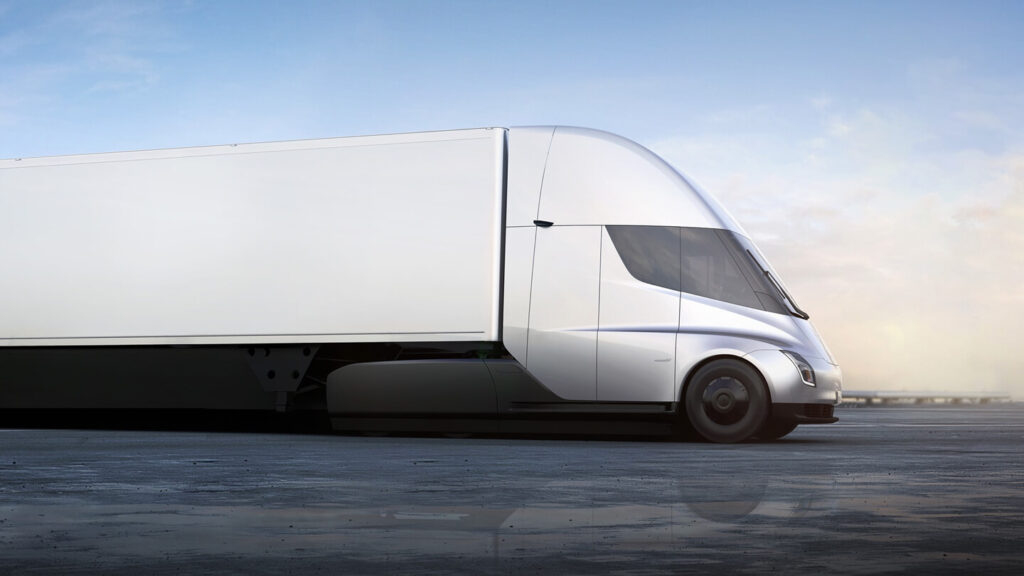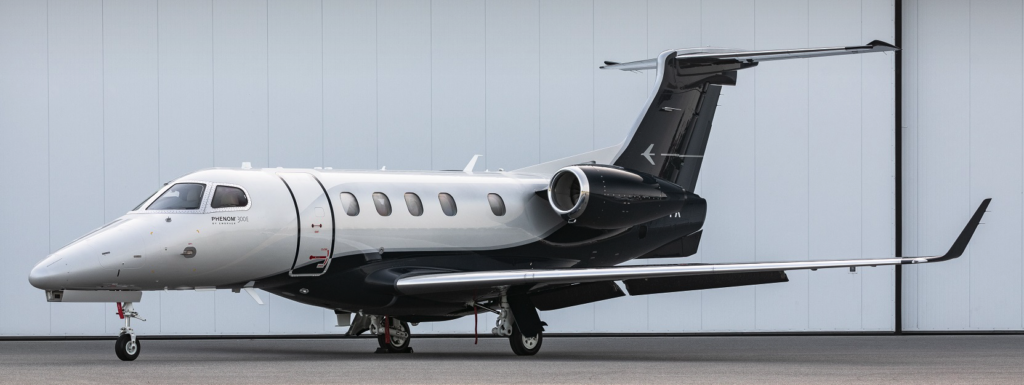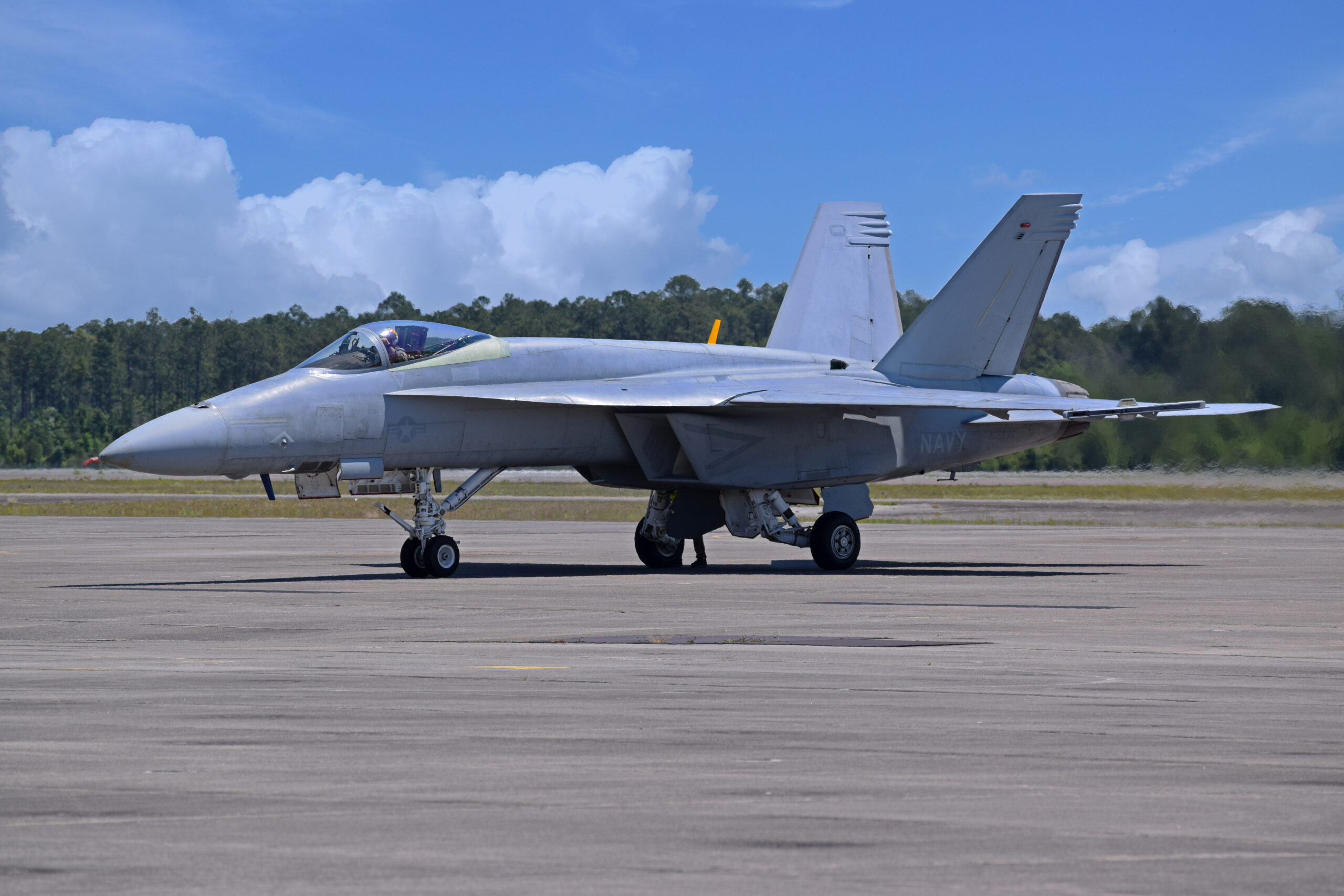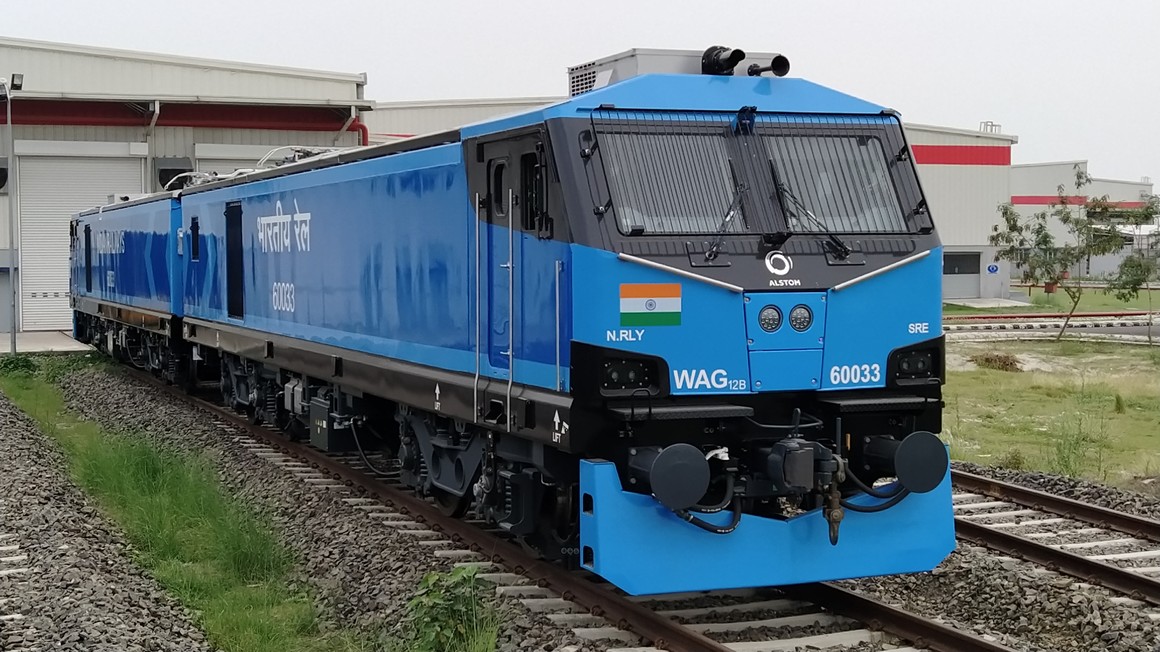Popular, the leading financial institution in Puerto Rico, and JetBlue (Nasdaq: JBLU), the largest airline in Puerto Rico, today unveiled their new partnership with the launch of two new credit cards for customers in Puerto Rico. As trusted brands on the island, both remain committed to the growth of Puerto Rico. With the new JetBlue Mastercard and the JetBlue Mastercard Eleva from Popular, every dollar gets cardmembers closer to traveling to the destination of their choice. Both cards provide an opportunity for customers to earn TrueBlue points – which never expire – even faster and on everyday purchases.

As an added benefit, both products offer a welcome bonus of either 5,000 or 25,000 TrueBlue points by meeting the purchase requirement during the first 90 days of opening the credit account. Both cards feature contactless technology that allows the customer to pay by bringing the credit card close to the Contactless Symbol of a payment terminal.
With this launch, the JetBlue Mastercard becomes the only travel card in Puerto Rico without an annual fee that allows customers to earn points for each purchase. JetBlue purchases will accumulate two TrueBlue points per $1 spent. All other purchases—groceries, restaurants, gasoline, etc.—accumulate one point per $1 spent.
The JetBlue Mastercard Eleva card, with a $99 annual fee, allows cardmembers to earn three TrueBlue points per $1 spent on JetBlue purchases and one point per $1 spent on all other purchases. This card also has additional benefits, such as a free checked bag for the cardmember and up to three travel companions when the card is used to purchase flights operated by JetBlue. It also provides a $100 annual statement credit on the purchase of a JetBlue Vacations package.
The TrueBlue loyalty program rewards members, regardless of their travel frequency. There are no blackout dates with all seats available for redemption, and points never expire. Members earn points for every dollar spent on the base fare for JetBlue-operated flights and bonus points by booking directly on jetblue.com, depending on the fare option selected. For more information regarding these products, interested parties may visit www.popular.com/jetblue.
